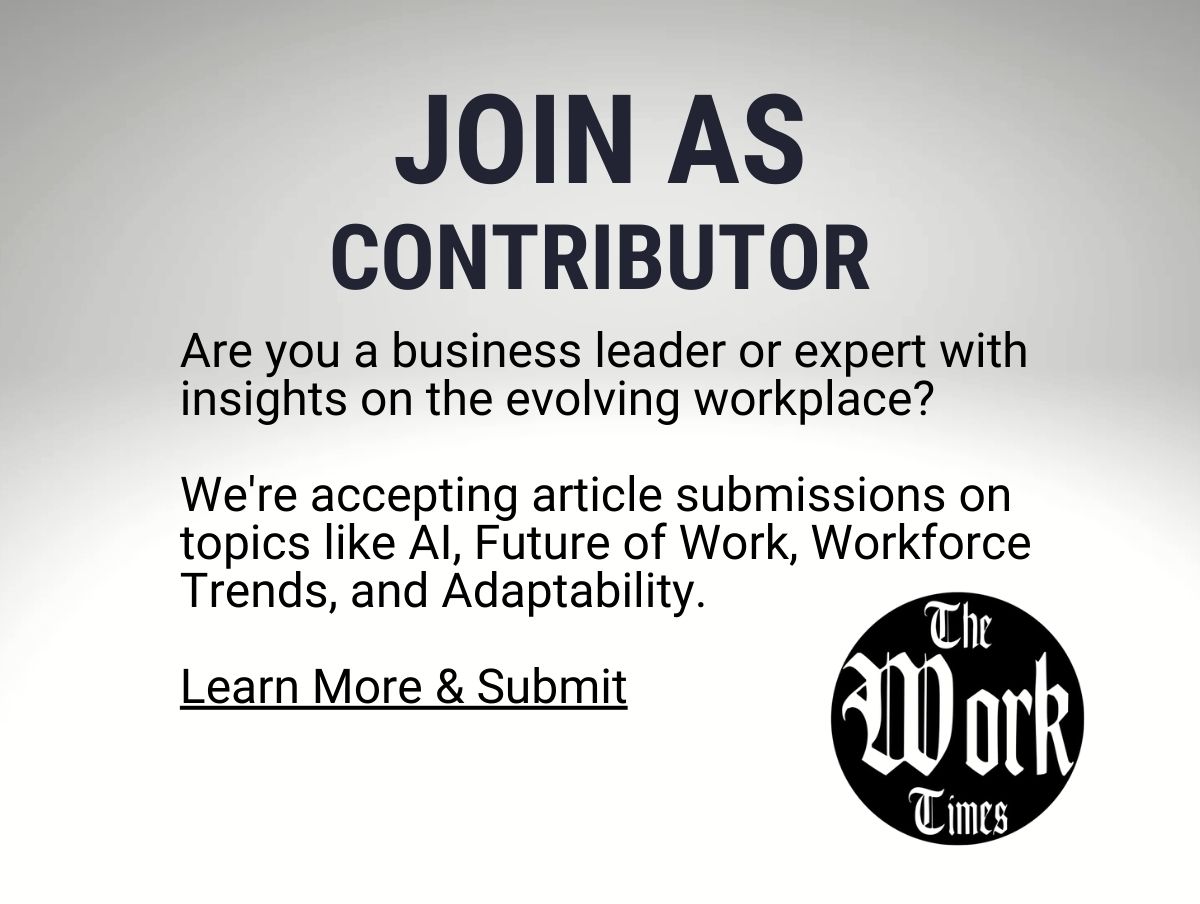Innovation as Workforce Strategy: Lessons from Novo Nordisk’s Defense of Its Weight‑Loss Lead
When Novo Nordisk’s chief financial officer told Fortune that continued innovation is the company’s best defense against downgrades, lawsuits and competitive pressure, it was a statement about more than R&D line items or product pipelines. It was a reminder that in an era of rapid medical breakthroughs, market scrutiny and heightened legal and social expectations, the strongest bulwark a company can build is a culture and architecture that keeps reinventing itself.
Why innovation matters beyond products
Innovation is often framed as the creation of new pills, devices or delivery systems. But for workplaces, it means something broader: the ability to sense change, reconfigure teams, redeploy talent and translate scientific progress into safe, scalable, and societally accepted solutions. For a company navigating a blockbuster therapeutic category—where demand, regulatory attention and media scrutiny converge—innovation becomes a multi-dimensional defense.
- Financial resilience: New product and process improvements sustain revenue diversity and reduce exposure to single-product risk, which is precisely what investors and rating agencies watch for.
- Legal and regulatory readiness: Continuous improvement in clinical practice, manufacturing and compliance reduces the likelihood of lapses that invite litigation or sanctions.
- Competitive moat: A relentless cadence of improvement raises the bar for competitors and makes market entry more costly and slower.
- Reputation and trust: Demonstrable investments in safety, access and evidence build social license—critical when treatments touch millions of lives.
For the Work news community—HR leaders, corporate strategists, and employees alike—these are not abstract benefits. They translate into hiring strategies, training priorities, and everyday decisions about where to invest time and attention.
Translating a corporate defense into day‑to‑day work
What does a strategy that treats innovation as defense actually look like on the ground? It shows up in three practical domains:
1) Talent and skills: from specialists to systems thinkers
Scientific breakthroughs require deep expert knowledge, but turning those breakthroughs into products at scale requires cross-functional fluency—clinical scientists working with manufacturing engineers and commercial teams; regulatory specialists partnering with data analysts. Workplaces that encourage rotational programs, interdisciplinary teams and continuous learning equip their organizations to act quickly and responsibly when new opportunities or risks arise.
2) Operational rigor and scalable processes
Innovation that can’t be produced reliably or at scale is vulnerable. That’s why investment in modern manufacturing platforms, digital quality systems and supply-chain visibility is as much a part of the company’s defensive posture as the labs that create the molecules. For employees, that means careers and roles that blend process excellence with continuous improvement mindsets.
3) Responsible commercialization and access
Bringing a therapy to market invites scrutiny over price, access and off‑label use. Companies that build commercialization strategies grounded in evidence, patient access programs and transparent engagement with payers and policymakers lower the risk of reputational harm and legal challenge. For workplaces, that manifests as teams built to navigate complex stakeholder ecosystems rather than just chase sales targets.
Workplace implications: what HR and leaders should consider
When innovation is the company’s best defense, human capital strategy becomes front and center. Leaders should consider several actions to align their workforce with that reality:
- Prioritize adaptive hiring: Seek candidates who combine technical depth with change agility. Prioritize learning potential and collaboration skills as much as credentialing.
- Invest in cross‑functional career paths: Enable movement across R&D, manufacturing, regulatory and commercial functions so institutional knowledge circulates and scales.
- Build continuous learning infrastructure: Offer modular upskilling—on data literacy, quality systems, regulatory environment and patient-centered design—to create a workforce that evolves with the science.
- Reward long‑term thinking: Align incentive structures to encourage sustained investments in safety, access and quality, not only near-term financial wins.
- Foster psychological safety: Teams that can surface concerns and iterate rapidly reduce risk—operationally and reputationally.
The wider social contract: employers and health conversations
Workplaces are increasingly battlegrounds for health and social debates. Treatments that reshape population health touch employers—in benefits spending, workforce productivity and workplace accommodations. Companies that are thoughtful about how they communicate, support access and structure benefits not only reduce friction for employees but also contribute to the societal acceptance that protects companies from punitive measures.
For example, employers can work with clinicians and benefit managers to create evidence‑based policies that support safe, medically supervised treatment pathways—a proactive approach that reduces off‑label use and mitigates legal exposure. Similarly, workplace wellness programs can shift from one-off initiatives to integrated health strategies that reflect the evolving clinical landscape.
Innovation governance: balancing speed and stewardship
Speed matters—first movers can set standards and capture market trust—but speed without stewardship invites risk. Effective governance balances agile development with rigorous oversight:
- Stage‑gated decision making: Rapid cycles tied to defined safety and quality gates ensure progress without compromising standards.
- Transparent reporting: Clear, accessible communication with investors, employees and the public strengthens credibility and reduces the likelihood of shock-driven downgrades or litigation.
- Stakeholder engagement: Early and consistent dialogue with regulators, payers and patient groups smooths pathways to access and reduces post‑market surprises.
Culture as enduring moat
At the heart of innovation as defense is culture. A culture that prizes curiosity, embraces disciplined experimentation, and holds safety and access as core responsibilities becomes harder to dislodge than any patent. Culture scales across functions and time in a way that single products do not. For workers, that means being part of organizations that see their roles not simply as a job but as contributors to an ongoing public good.
Closing: what the Work community should carry forward
The CFO’s remark in Fortune—that continued innovation is the company’s best defense—works as a clarifying lens for any business confronting rapid change. For the Work community, it reframes the priorities of talent, structure and governance. The practical upshot is straightforward: build teams that learn, processes that scale, and incentives that align with long‑term societal value.
When companies treat innovation as an operating principle rather than a discrete investment bucket, they create a virtuous cycle: better products lead to stronger trust; stronger trust lowers legal and market friction; and lower friction frees up resources to keep innovating. For employees and leaders in every sector, that cycle is both a challenge and an invitation—to design careers, organizations and policies that make continuous reinvention sustainable and responsible.
Innovation, in this view, is not simply the tool of growth. It is the ultimate defense the modern workplace can build—a defense that protects value, people and purpose.




























